We all know that cats love to fit themselves into compartments of any size. It goes without saying “If it fits, I sits.” It can be a laundry basket, a dresser drawer or one of the universal favorites, the cardboard box, these silly kitties just can’t resist them. While it can be frustrating when you purchase a brand new cat bed and they end up napping in the box it came in instead, there seems to be an explanation for this behavior!
More info: sciencedirect.com
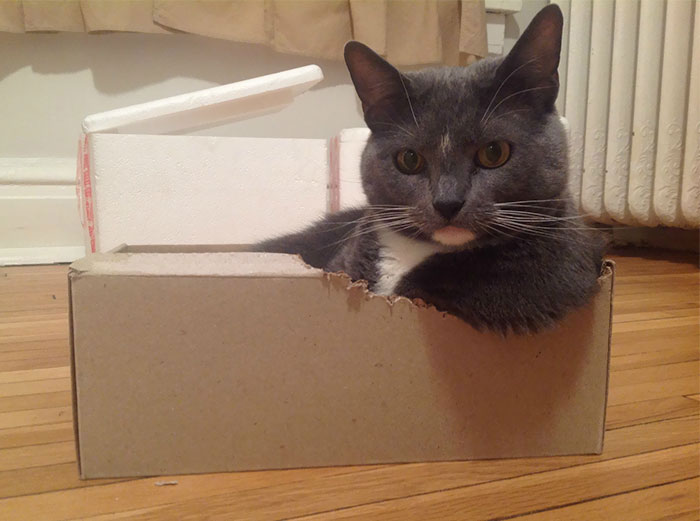

It has been theorized that cats have a feeling of content when they are in boxes because it reduces stress. In 2014, researchers from the University of Utrecht decided to put this theory to the test by conducting a study.
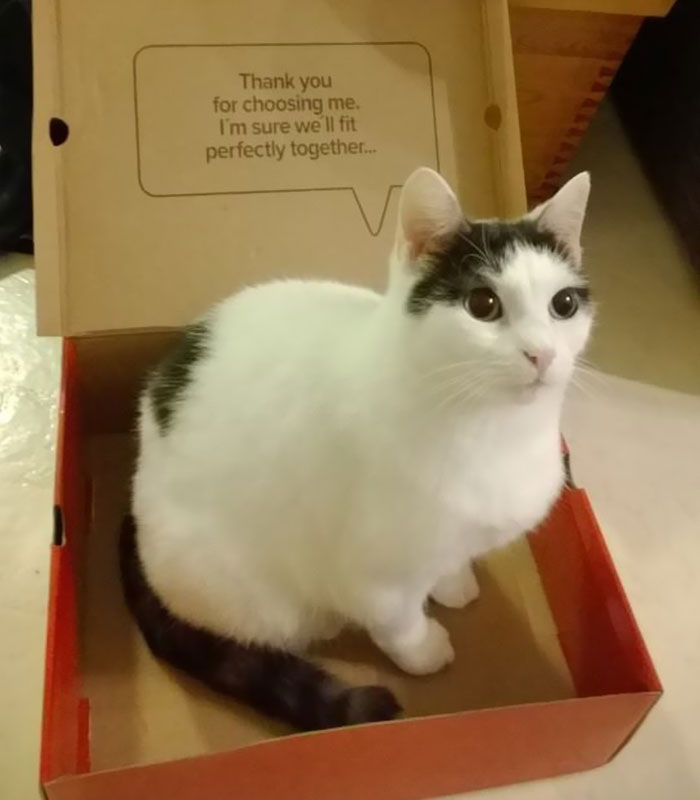

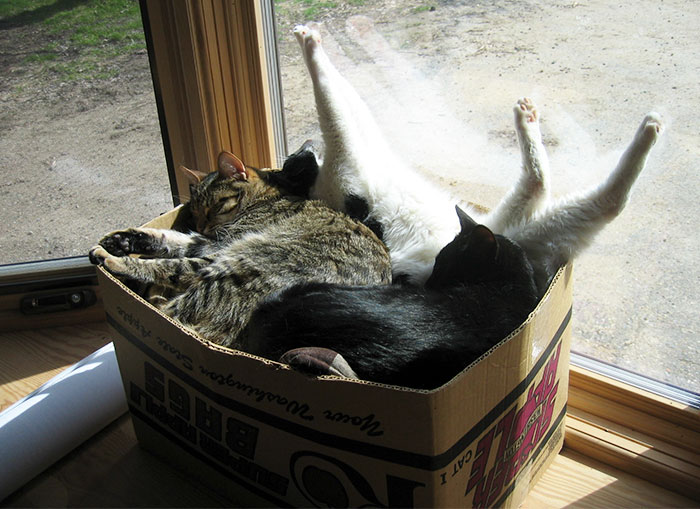

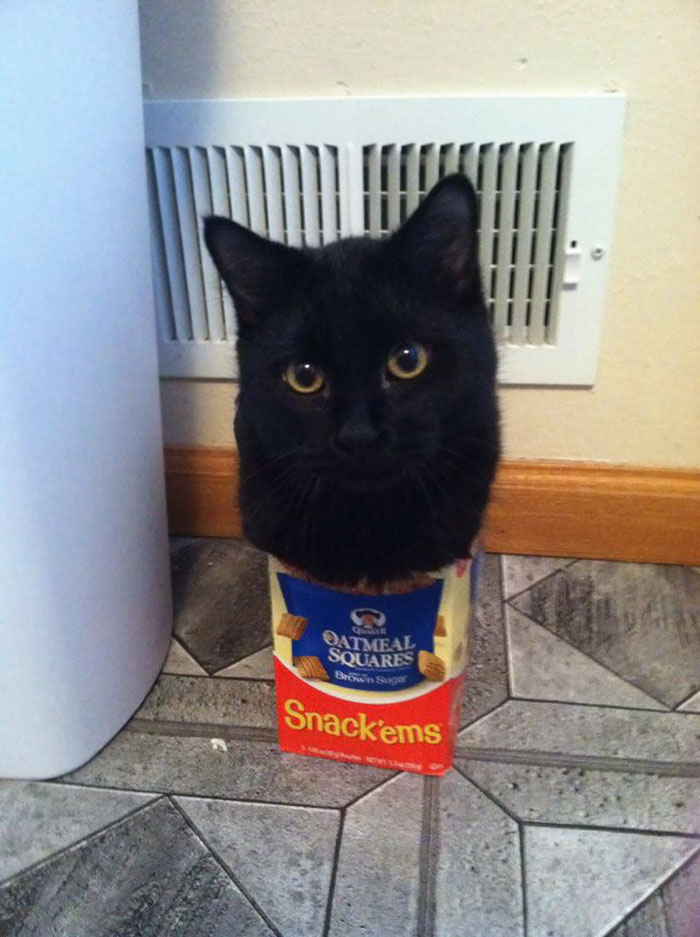

What they have found will not surprise you — laying in boxes do, in fact, reduce cats’ stress levels. The researchers carried out a study at a Dutch shelter, involving 19 shelter cats, 10 of which had a box with them.
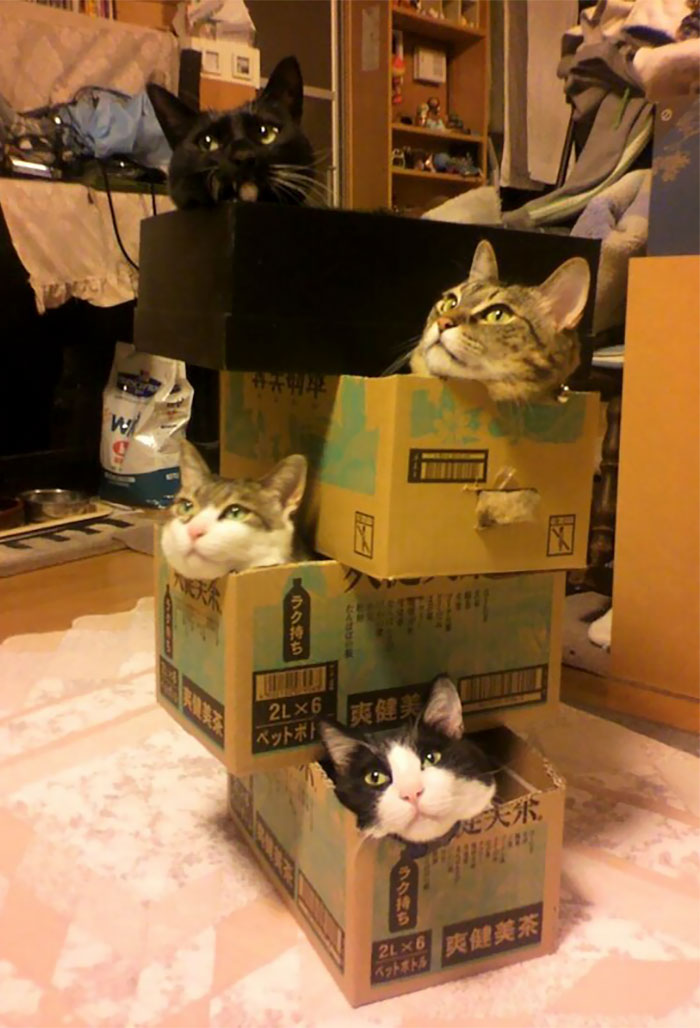

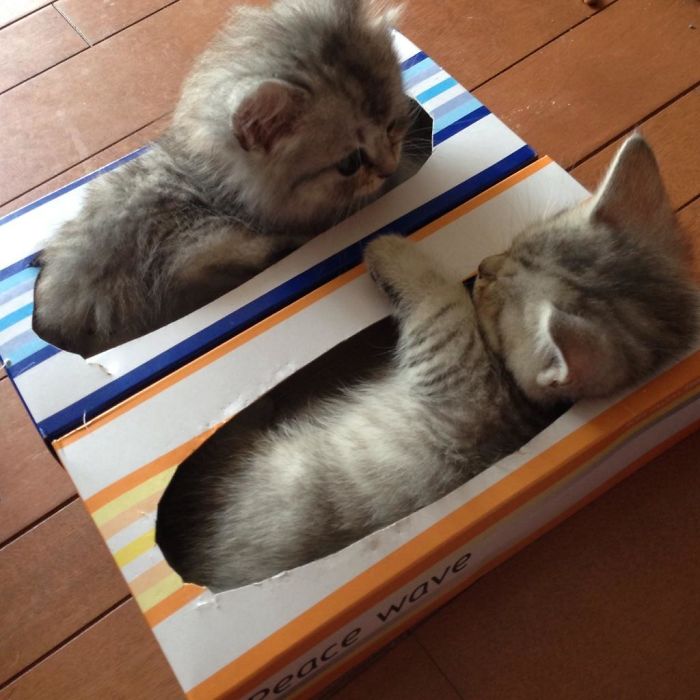

The scientists stated in their study: “Stressful experiences can have a major impact on the cats’ welfare and may cause higher incidences of infectious diseases in the shelters due to raised cortisol levels causing immunodeficiency. Though several studies showed a preference for hiding places and stress-reducing effects of hiding boxes on cats in combined studies, none of these studies determined if proper hiding enrichment would be effective in a quarantine cattery.”
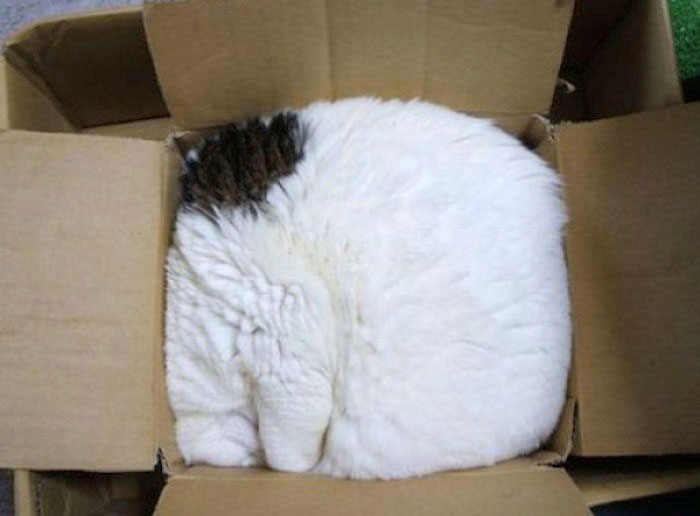

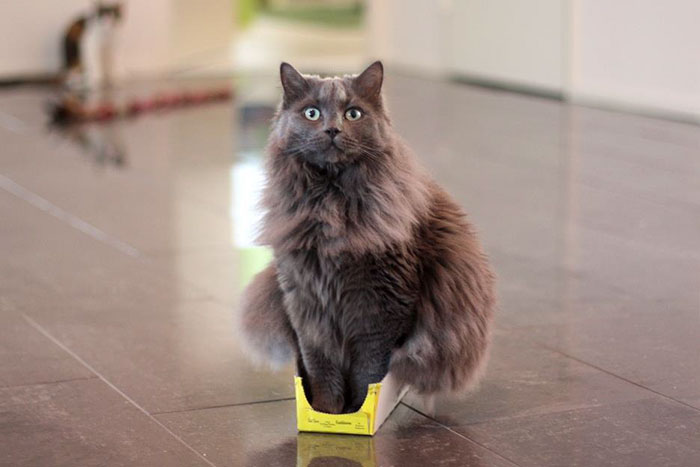

They noticed immediate differences between the group of cats who were kept with a box and those who were not. Cat stress levels were determined by using the Kessler and Turner Cat-Stress Score (CSS). After a few days, the cats with a box recorded a lower stress level than a non-boxed group of cats. A few weeks later, both groups recorded the same CSS.
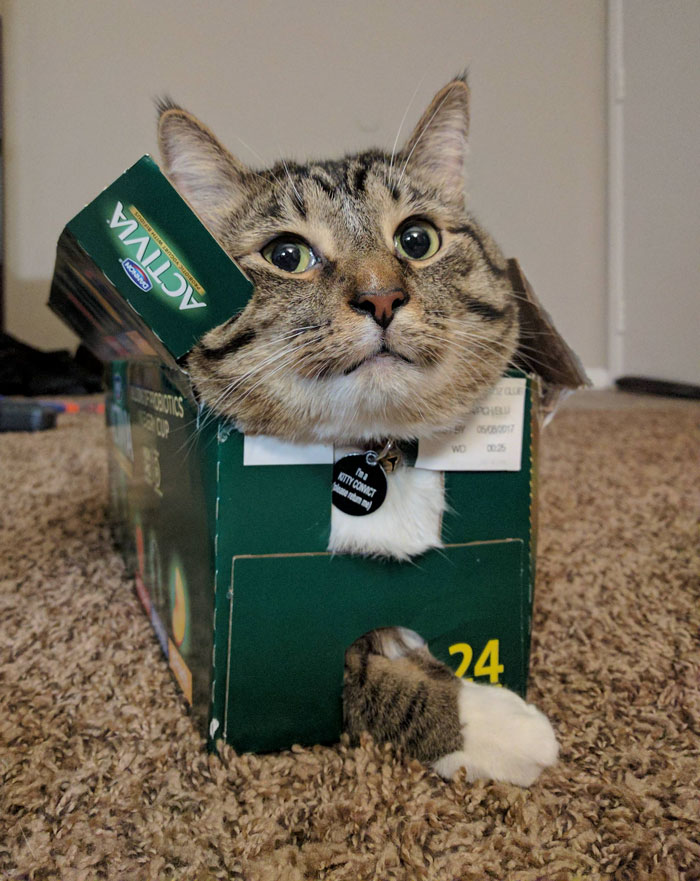

The scientists concluded: “The hiding box appears to be an important enrichment for the cat to cope effectively with stressors in a new shelter environment the first weeks after arrival.” Scientists noted that additional study is required to determine what effect the hiding box has on house cats, its long term effects, and correlation with outbreak frequencies of infectious diseases.




























